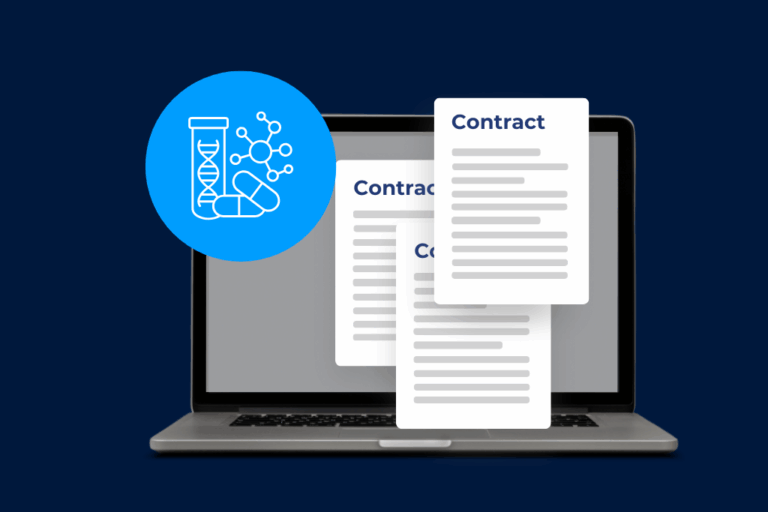Digital readiness is becoming a key driver of ROI for legal departments, influencing their ability to create strategic value. Moving beyond cost savings, digital maturity enables legal teams to align more effectively with business objectives.
KEY TAKEAWAYS
- Human factors are central to digital transformation: Successful digital adoption requires addressing cultural resistance and fostering a mindset open to change within legal teams.
- Strategic alignment enhances impact: Aligning digital initiatives with broader organizational goals ensures that legal departments support and drive business success.
- Continuous learning and development are crucial: Investing in upskilling legal professionals ensures they can effectively leverage new technologies and methodologies.
- Leadership commitment drives transformation: Active involvement from legal leadership is vital to champion digital initiatives and embed them into the department’s operations.
It’s not just about KPIs, it’s not only about money saved. As controversial as this may sound, they real key to legal ROI may lie in digital readiness.
Although often framed in technical terms, digital readiness actually reflects an organization’s capacity to adapt to a digital environment. The legal world is famously known as one of the most resistant to change, perhaps because of the nature of legal professions and the human aspect of it. It encompasses the infrastructure, culture, and competencies required to effectively adopt and use technology. In this sense, it is less about having the latest tools and more about being prepared to evolve continuously, and without disruption.
Facts: According to a 2023 McKinsey study, companies with higher digital maturity are 23% more profitable than their less digitally mature peers.
Perhaps the simple idea of it “legal ROI” sounds strange to other departments. Indeed, they are usually seen as costs centers rather than enablers, but this couldn’t be more wrong nowadays.
Digital Readiness for Legal Departments
What does digital readiness mean for legal teams? To begin with, we could say it means being able to demonstrate value within your given means. It can be tools, yes, but it goes further. In legal teams, digital readiness translates to the ability to deliver strategic, efficient, and compliant legal services in a complex, regulated environment. It involves more than deploying legal tech platforms efficiently, true readiness comes with:
When these elements are present, legal departments can better adopt tools while adapting to their environment. As a result, they can even show their contribution more directly to strategic goals. For example, if members of a legal team are comfortable enough with the data available via their tools, they’ll better express their contribution to a higher internal audience.
Tools vs. Readiness
Teams that lack digital preparation often struggle adopting new technologies. More often than not, it isn’t due to LegalTech tools themselves or to the potential achievable ROI. So what is it? It’s the context into which they are introduced. For instance a sophisticated contract management platform may underperform in an environment where workflows remain manual, data silos persist, and teams are reluctant to change habits.
Resistance often stems from a mix of uncertainty and fear… Because of this fear, end users may worry about automation diminishing their roles. Without a shared understanding of the “why” behind new systems, and without structured change management, even the most promising solution can become a point of contention.
Digital readiness, then, is as much about mindset and leadership as it is about infrastructure. It’s about creating conditions where people see tools as allies that augment their expertise, not as replacements or threats. As a result, their willingness to embrace change is higher.
Pathways Toward Digital Readiness
Fostering digital readiness in legal teams begins with engagement. Leaders need to listen carefully to concerns and articulate a vision that positions digital transformation as an opportunity for empowerment.
This means providing adequate training, defining clear metrics of success, and making room for feedback. It also requires acknowledging that transformation is not a straight line. Piloting new tools with champions, revisiting legacy workflows, and aligning legal goals with broader business strategy are all part of a sustainable approach.
Addressing fear directly is essential. Are people afraid of being replaced? Do they feel excluded from decision-making? Or are they simply overwhelmed by the pace of change? These questions should not be avoided. The more openly they are addressed, the more likely a department is to build genuine readiness.
How to Measure Digital Maturity in Legal Teams
Digital maturity assessments offer a structured way to benchmark current capabilities and set priorities. According to Deloitte’s 2023 Legal Operations Survey, only 19% of corporate legal departments considered themselves “digitally advanced.” Most remain in the early to intermediate stages, struggling to unify systems or leverage data effectively.
Key dimensions to evaluate include:
- Process Standardization: Are workflows documented and consistent across teams?
- Technology Utilization: Are tools used to their full potential, or do gaps persist?
- Data Integration: Can the department access and analyze relevant data in real time?
- Change Readiness: How does the team respond to new initiatives and tools?
- Cross-Functional Alignment: Is there collaboration with IT, compliance, and business units?
A clear-eyed assessment can uncover blind spots, surface opportunities. As a result it helps leaders build a roadmap that aligns digital investments with long-term value creation, and ultimately achieve legal ROI.
Legal ROI is Possible with the Right Mindset
Digital readiness is not a project to be completed, but a capability to be nurtured. For legal departments, it is the difference between merely adopting tools and fully transforming how legal services are delivered. When readiness is approached as a cultural and strategic asset, ROI becomes a natural outcome.
Measuring maturity, engaging teams, and embracing technology with clarity and purpose, these are the steps that enable legal functions to move confidently into a digital future.


